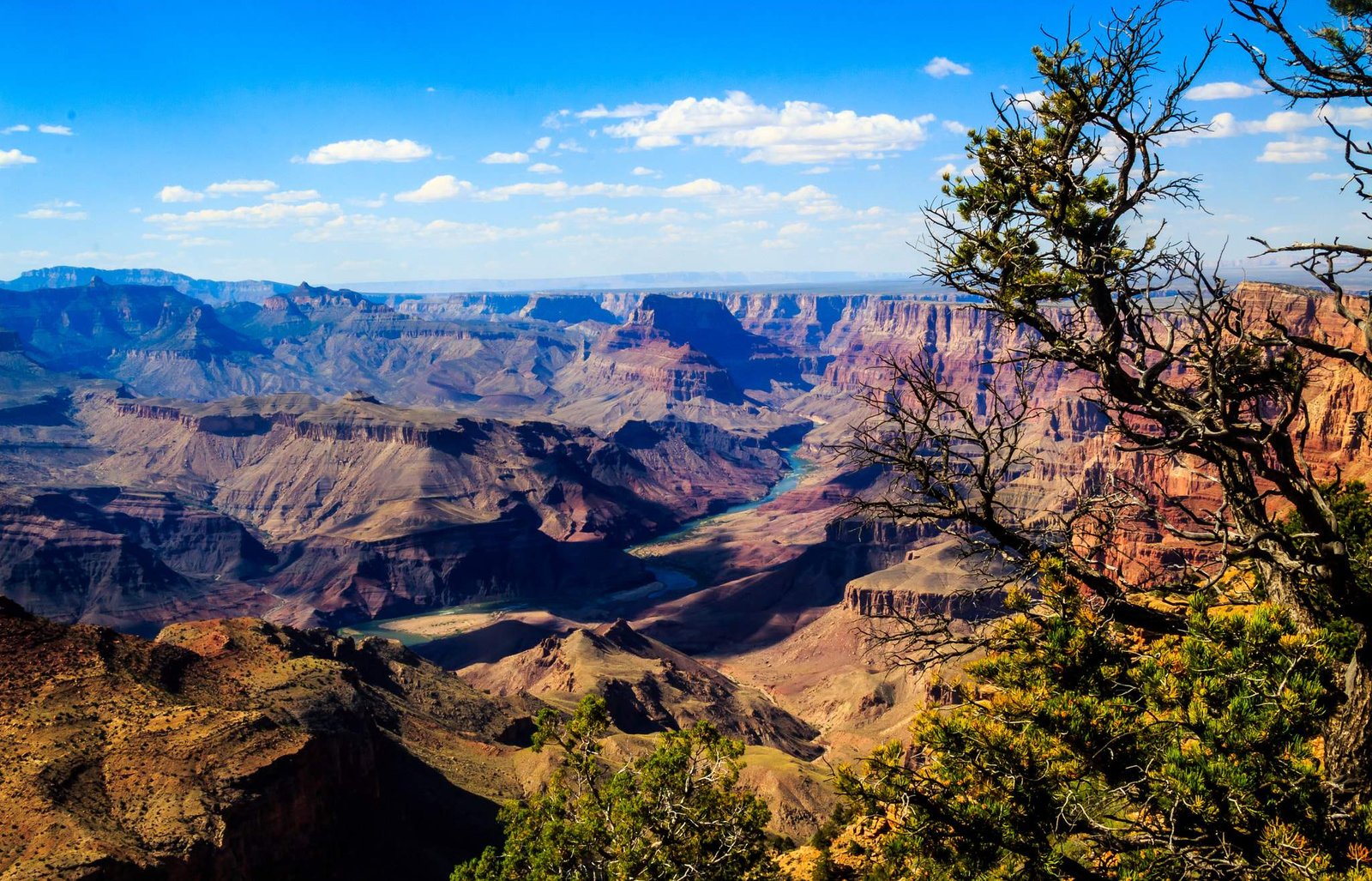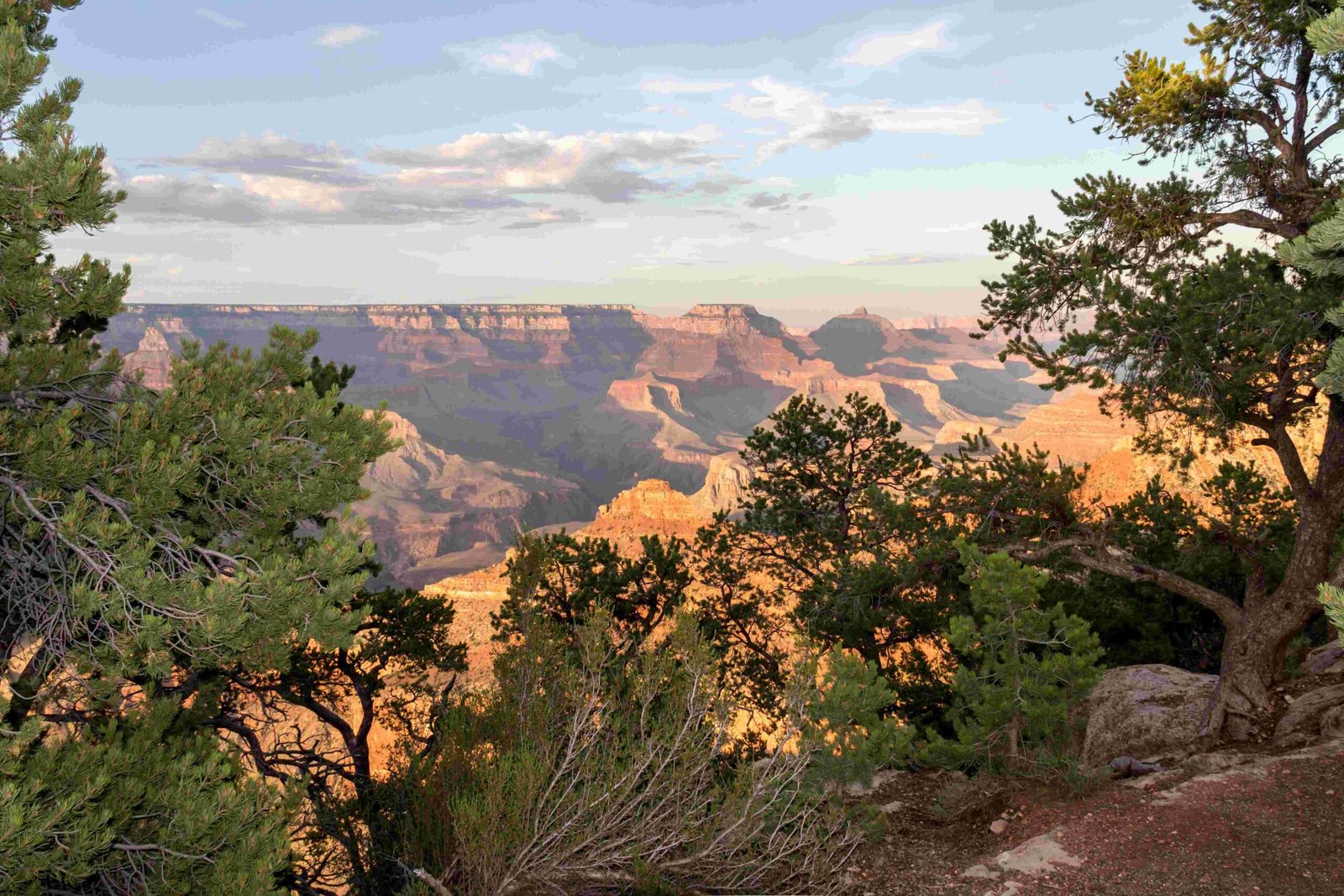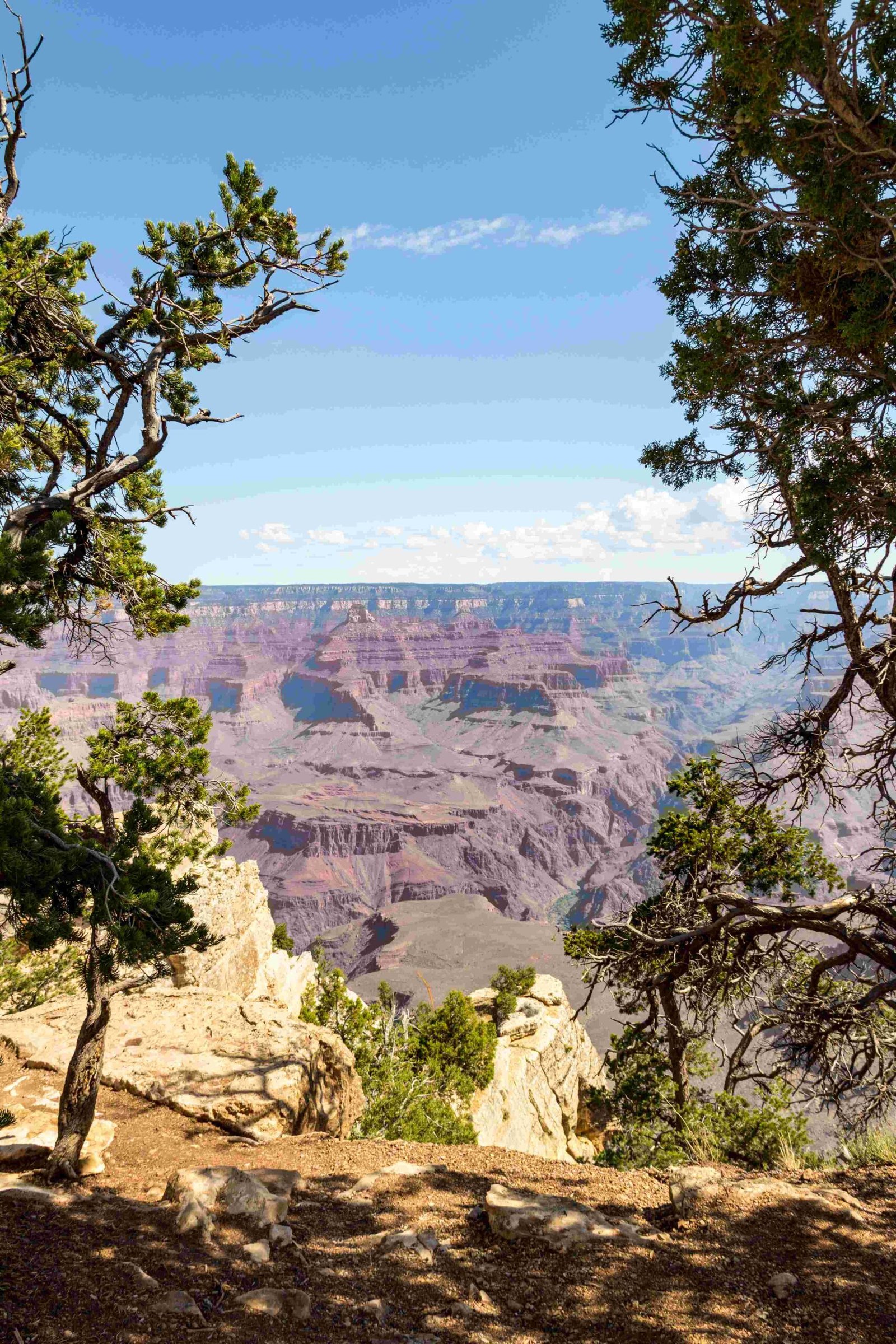The Grand Canyon cloud inversion is a spectacular meteorological phenomenon where dense layers of fog cascade through the canyon’s immense geological landscape, transforming the iconic natural wonder into a surreal sea of clouds. This rare event occurs when temperature inversions trap cold air beneath warmer atmospheric layers, creating a breathtaking visual spectacle that captivates photographers, scientists, and nature enthusiasts alike.
What Causes Grand Canyon Cloud Inversion?

Cloud inversions at the Grand Canyon result from complex atmospheric interactions:
Temperature Dynamics
- Cold air becomes trapped at canyon bottom
- Warmer air layer prevents vertical air movement
- Creates dense fog accumulation
Humidity Factors
- High moisture content contributes to fog formation
- Winter months provide optimal conditions
- Nighttime temperature drops enhance inversion likelihood
Where Can Visitors Witness Cloud Inversions?

| Location | Visibility | Recommended Time |
|---|---|---|
| South Rim | Excellent | Winter Mornings |
| Mather Point | Panoramic | Sunrise |
| Yavapai Point | Wide Angle | Early Dawn |
Photographic Opportunities
Photographers seeking to capture Grand Canyon cloud inversion should consider:
- Equipment Preparation
- Wide-angle lens
- Tripod for stability
- Neutral density filters
-
Weather-sealed camera body
-
Technical Considerations
- Early morning shooting
- Low ISO settings
- Slow shutter speeds
- Exposure compensation
Scientific Significance of Cloud Inversions
Cloud inversions represent more than visual spectacles; they demonstrate intricate atmospheric interactions. Meteorologists study these events to understand:
- Microclimate dynamics
- Temperature stratification
- Moisture distribution
- Geological landscape influences
Unique Characteristics
The Grand Canyon’s unique topography creates ideal conditions for cloud inversions by:
– Generating significant elevation changes
– Facilitating temperature gradient development
– Providing natural barriers for air movement
Best Practices for Experiencing Cloud Inversions
Visitor Recommendations
- Check weather forecasts
- Arrive before sunrise
- Dress in layers
- Bring professional or high-quality camera
- Maintain safe viewing distances
Safety Considerations
- Follow National Park guidelines
- Be aware of potential visibility limitations
- Carry appropriate cold-weather gear
- Understand potential trail restrictions
Preservation and Appreciation
Grand Canyon cloud inversions remind us of nature’s extraordinary complexity. These ephemeral moments showcase the delicate balance between geological formations and atmospheric conditions, offering glimpses into the planet’s intricate environmental systems.
Conservation Perspective
Responsible observation ensures these natural wonders remain pristine for future generations. Visitors are encouraged to practice leave-no-trace principles and respect the fragile ecosystem.
Conclusion
The Grand Canyon cloud inversion represents a mesmerizing intersection of geological magnificence and atmospheric poetry. By understanding the scientific mechanisms and appreciating the visual splendor, we gain deeper insights into our planet’s remarkable natural processes.
Quick Facts
- Occurs primarily during winter months
- Lasts approximately 1-3 hours
- Most common in early morning
- Requires specific temperature and humidity conditions
References:
– National Park Service Official Website
– NOAA Climate Data
– Smithsonian Magazine Weather Phenomena

